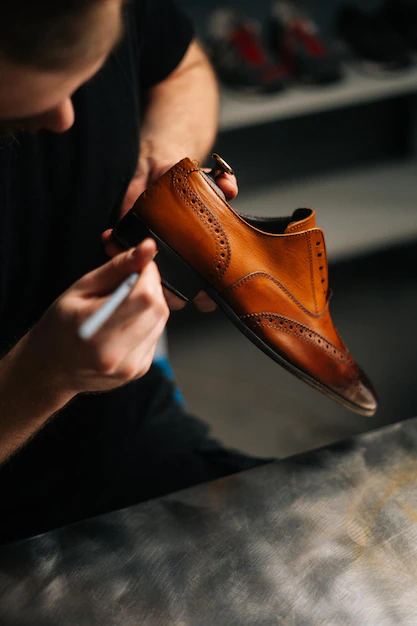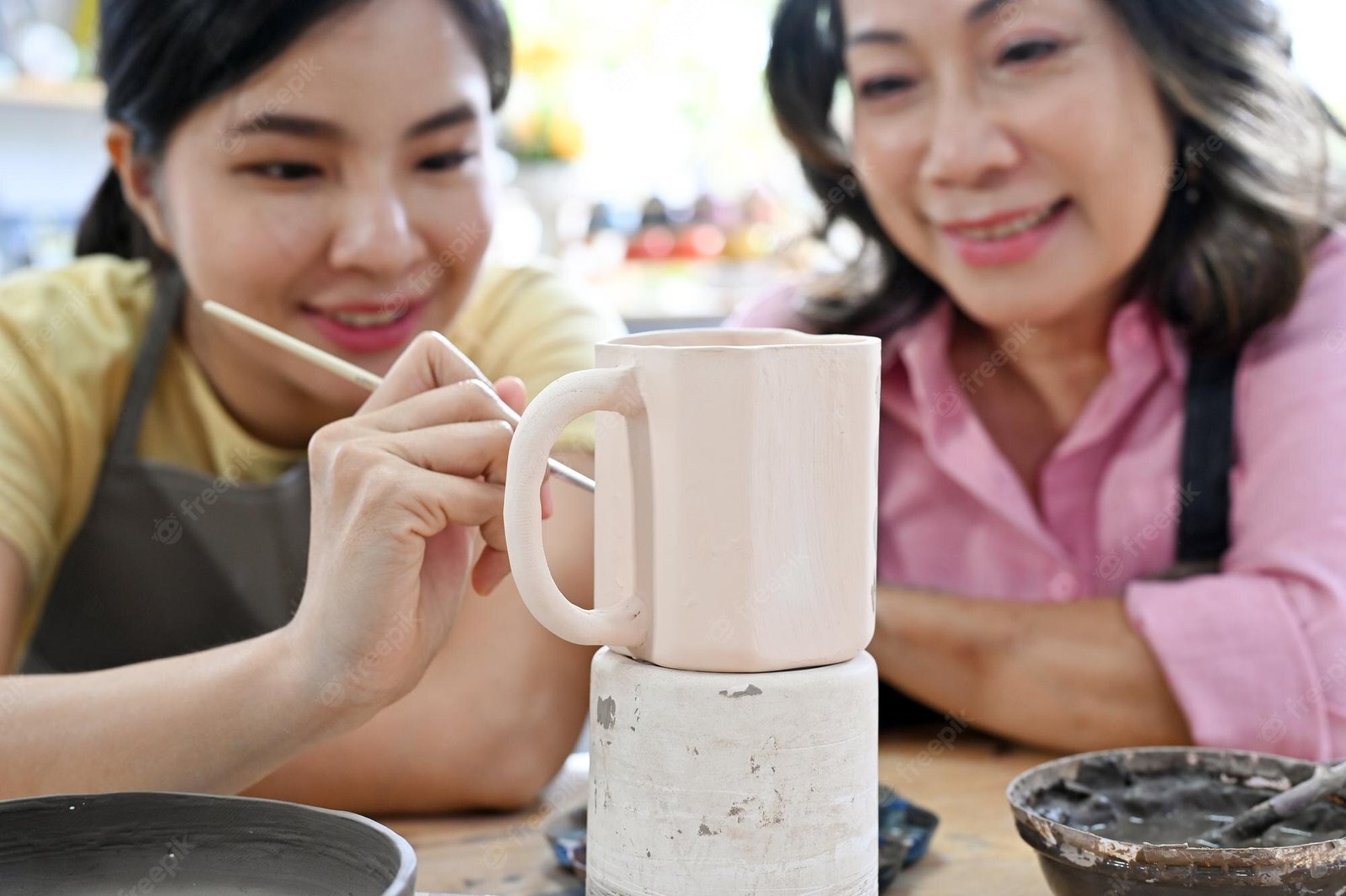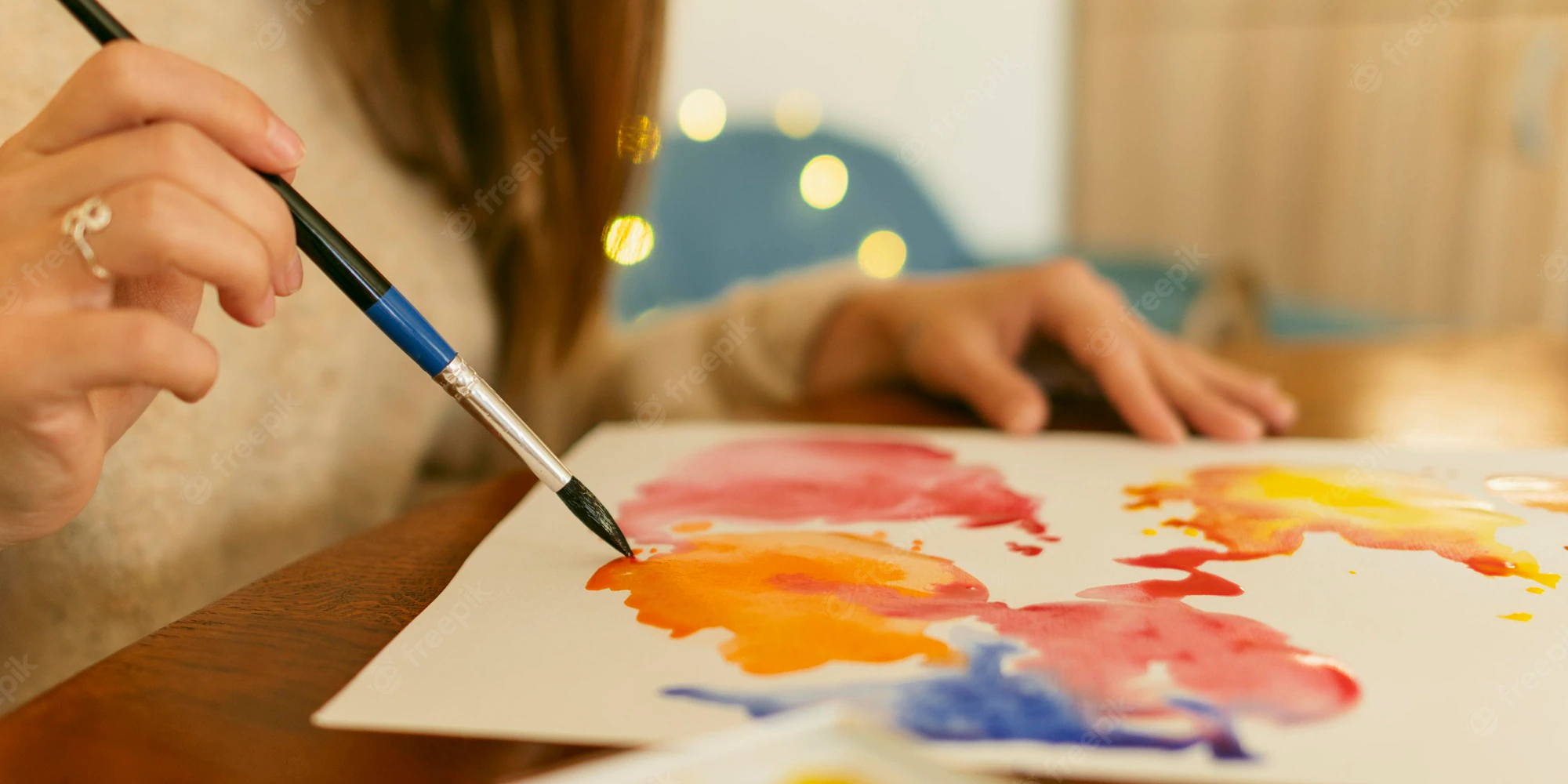Acrylic paint can be used for all kinds of craft or decorating projects. It is a water-based paint that is used on canvas and similar surfaces as well as wood, glass, metal, and other surfaces, but are they safe for canine companions? Is Acrylic Paint Toxic to Dogs?
In general, acrylic paint does not pose much of a threat to dogs because its toxicity levels are low compared to other types of paints. However, You should also be aware that some colors may contain heavy metals such as cadmium or lead, which can be harmful if ingested or inhaled by your pet.
In this article, you going to learn about the following;
- How Acrylic paint can affect your dog
- Ways to Keep Your Dog Safe While Painting With Acrylic Paint?
Related Reading
How Acrylic Paint Can Affect Your Dog?- A Comprehensive Guide


Dogs are curious creatures, and many will eat anything they find lying around their homes. That includes acrylic paint too.
But, you don’t have to worry because acrylic paints are non-toxic, so they won’t cause any long-term health problems for most dogs. However, if your dog has a sensitive stomach or is on a special diet, it’s best to avoid using acrylic paints around him.
Your dog may also be more vulnerable to poisoning from ingesting toxic materials because its body is more sensitive than humans and has a lower tolerance for toxins.( Source)
The most common symptoms of an acrylic paint overdose include:
- Vomiting
- Diarrhea
- Lethargy
- Difficulty breathing
Is Acrylic Paint Toxic to Dogs Paws?


Acrylic paint is water-based, so it’s safe for dog paws. However, if your dog chews/licks acrylic paint in large quantity, it may experience vomiting and diarrhea. If you notice your dog has acrylic paint on her paws, wash them with warm water as soon as possible.
How To Paint Dog Paws With Acrylic Paint?- Tutorial
Materials Needed
- Acrylic paints in various colors
- Sponge brushes (1 or 2)
- Paper plate
- Paper towels
- Dog Treats
Tutorial
Step 1: Make Sure Your Dog Is Comfortable
When painting your dog’s paws, it’s important to make sure he or she is comfortable. The last thing you want is your furry friend to become agitated and start resisting your efforts. You want to make sure that you don’t rush things and that you are gentle while attempting to paint his/her paws.
Step 2: Bath Your Dog First
Before starting any painting session, make sure that your dog has been bathed first. This will ensure that its fur is clean and free from dirt and other particles that could cause irritation while paw painting. In addition to making the process easier, this will also make it safer since there won’t be any foreign substances on the skin surface of their feet.
Step 3: Clean Paws
Once you have bathed your dog, dry her off really well with a towel . Then take some rubbing alcohol and rub it into each paw pad and around each nail. This will help get rid of any bacteria that might be lingering in there.
Step 4: Pick Your Acrylic Color
After bathing and cleaning your dog’s paws, you need to do is choose the right color of paint. You don’t want to use something too bright or too dark because they will look unnatural on your pet’s feet.
Step 5 : Paint Your Dog’s Paws
Once you have found the perfect combination of colors for your dog’s paws, it’s time to give them a try! Start by painting one paw at a time and make sure that both sides of the paw are covered completely in paint. Let it dry for about 10 minutes.
Pro-Tip: Reward your dog after each paw is painted. It’s a good idea to have some treats on hand.
Related Reading: Can You Use Acrylic Paint on Skin?
How To Remove Acrylic Paint From a Dog’s Paws?


Acrylic paint is a great way to brighten up your dog’s paws, but if you’re not careful, you may end up with a mess on your hands. Fortunately, it’s easy to remove the paint from your dog’s paws using common household ingredients.
Soap and Water
Dogs’ paws are tough, but they are not immune to the effects of acrylic paint. If you’re lucky enough to catch your dog before he goes out in public with his new look, you can wash the paint off using soap and water. Simply apply soap to your dog’s paws and rub them together until most of the paint is gone. Rinse thoroughly with warm water and pat dry with a towel or soft cloth.
Vinegar and Baking Soda
Mix one part vinegar with two parts baking soda into a thick paste and apply it directly to your dog’s paws. Let sit for about 30 minutes or until most of the paint has been removed from his paws (this may take several applications). Rinse off gently with warm water and pat dry with a clean towel or soft cloth.
Is It Ok to Paint With a Dog in the House?
We all love our dogs, but sometimes they can be a little disruptive to our painting projects. But is it really a problem to paint with a dog in the house? Well, it’s perfectly fine as long as you’re careful and considerate of your dog’s safety and comfort.
However, there are some things you should consider before you start painting with your dog around:
- Is Your Dog Allergies-Prone?
If your dog has allergies or sensitivities to certain chemicals or fragrances then it’s best not to have them in the room while you’re working. You don’t want them to hurt themselves or get sick by trying to lick or chew on something that could cause them harm.
- Acrylic Paint Toxicity
Some paints are more toxic than others and if your dog licks or chews on them it could cause serious problems for their health. Before using any new paint make sure that it is safe for use around pets (and humans too!). If you’re not sure then ask a friend who paints or check with an expert at your local hardware store before picking the paint up!
Ways to Keep Your Dog Safe While Painting With Acrylic Paint?
Painting with acrylic paints is a great way to relax and unwind, but if you have a dog, you may be concerned about how your pet will react to the paint fumes. The good news is that there are some things you can do to keep your dog safe while you paint with acrylics. Here are some tips to keep your dog safe while they are painting with acrylic paint!
1. Use Low-toxicity Acrylic Paints
When choosing an acrylic paint for your project, it’s important to choose one with low toxicity to humans and animals. Some brands make water-soluble paints that are safer for use around pets because they don’t contain hazardous chemicals or fumes. You can also find non-toxic acrylic paints made specifically for use with children’s crafts and other projects that involve children in the room where the painting takes place.
2. Ventilate Your Painting Area
Ventilate your painting area well before starting work, and again after you finish each session — especially if you’re using solvent-based products like lacquer thinner or turpentine. Acrylic paint fumes aren’t toxic like solvent fumes can be, but breathing them in over time can cause health problems for humans and animals alike!
3. Trim Down Your Dog’s Nails
Make sure your dog’s nails are trimmed and filed down so that they do not scratch, tear or puncture the canvas or paper you are using.
4. Purchase Dog Paw Covers For Your Dog
This may sound silly, but it’s actually a good idea to buy paw covers for your dog before you start painting with them. I love the PawFlex Medimitt Paw Bandages for Dogs .These covers are made of paper instead of fabric, which makes clean-up easier after painting sessions . They also come in a pack of 12 and pretty much disposal. You can buy them online or at any pet store that sells pet supplies.
Related Reading: Is Acrylic Paint Flammable?
Frequently Asked Questions
What Type of Paint Is Safe for Dogs?
Water-based acrylic paint is the safest option for your dog. Oil-based paints have a higher chance of causing skin irritation, which can lead to an allergic reaction in your dog. If you do choose to use oil-based paint, make sure that it doesn’t contain any harmful additives or chemicals such as benzene, acetone or ethyl acetate.
Is It Ok to Paint With a Dog in the House?
Dogs can be exposed to harmful chemicals while you’re painting the house if they lick their paws after walking through freshly painted areas or cleaning up spills on the floor with their tongues.
Conclusion
In conclusion, while there are some risks involved with exposing dogs to acrylic paints, they can be avoided with proper precautions. To recap, here are the best practices for ensuring your dog’s safety:
- Keep bottles of acrylic paints sealed and out of reach of your dog.
- Do not allow your dog to lick the paint off of its paws or face( Use dog paw covers )
- Use only non-toxic paints that are designed for use on dogs.
- Do not use any products that contain xylene or toluene, which are toxic chemicals found in many brands of acrylic paints.
Just like humans, dogs should take precautions when working with any chemical(Including acrylic paint).
SOURCES






